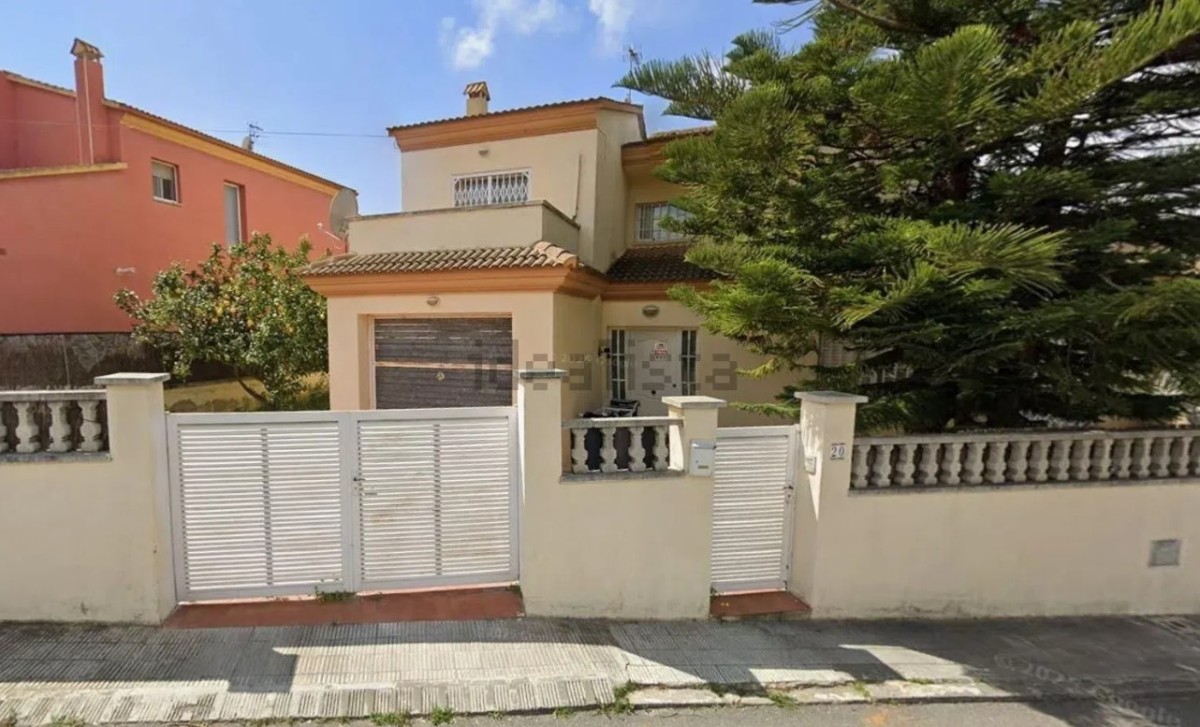
The sale of homes without vacant possession is becoming increasingly common in the Spanish property market, now accounting for 3% of all properties for sale in the country, according to a study by idealista based on listings in its database for Q3 2025. The report reveals that during this period, 23,010 properties were listed on idealista as being subject to occupation. However, the available data still do not allow for an analysis of trends or other relevant metrics in this regard.
According to Francisco Iñareta, spokesperson for idealista, “Despite attempts by some to downplay the problem of property occupation, the number of homeowners who give up after waiting in vain for court action is considerable – particularly as many are forced to sell their homes for prices often close to half their true value. Unfortunately, these sales are now a reality in the market, and reversing the trend requires policies that protect property owners, provide legal certainty and guarantee the recovery of their homes. As we noted a few months ago, messages that seek to minimise this issue – sometimes through unrealistic comparisons – not only fail to change market perceptions, but also heighten the sense of vulnerability among homeowners and contribute to the continued loss of properties from the rental market.”
Girona is the Spanish provincial capital where the sale of squatted homes is most prevalent, with 8.9% of all properties listed in the city identified as occupied. It is followed by Tarragona (8.8%), Seville (8.4%), Almería (6.4%) and Murcia (6.3%). Also above the national average are Lleida (5.7%), Huelva (5.6%), Huesca (5.2%), Barcelona (3.7%), Santa Cruz de Tenerife (3.6%) and Málaga (3.4%).
In contrast, the rest of the major markets show below-average levels of squatted homes for sale: in Palma, they account for 2.5% of listings; in Madrid, 2.4%; in Valencia, 2.3%; in Alicante, 1.9%; in San Sebastián, 1.7%; and in Bilbao, just 1%.
Soria is the only provincial capital with no squatted homes for sale, while León records just 0.2% of the total. Salamanca, Guadalajara and Segovia each stand at 0.4%, while Pamplona, Lugo and Melilla register 0.5%.
Impact of squatting in the provinces
Barcelona is the province with the highest number of squatted homes on the sales market, with 7.9% of all listed properties in this situation. It is followed by the provinces of Seville (6.6%), Toledo (5.3%), Huelva (5.1%) and Almería (5.1%). Murcia (4.9%), Tarragona (4.4%), Lleida (4.3%), Girona (3.7%) and Las Palmas (3.2%) also record rates above the national average. In Madrid, the figure stands at 2.7%.
At the other end of the scale, Soria is the province with the lowest incidence, with a rate of just 0.1%. It is followed by Ourense (0.4%), Palencia (0.6%), and Salamanca and Ávila (both 0.7%).
Number of squatted homes for sale in each city and province
The largest markets also record the highest number of squatted homes for sale. Barcelona tops the list with 855 occupied properties on the market during Q3 2025, followed by Madrid with 776. Seville ranks third with 558, followed by Murcia (427), Málaga (304), Valencia (200), Palma (184) and Almería (158). Together, these eight provincial capitals account for 69% of all squatted homes for sale in Spain’s main cities.
Among the major markets, only Alicante (155 occupied homes), Bilbao (31) and San Sebastián (27) fall outside this leading group.
At the other end of the scale, Soria once again stands out for having none, while Segovia, Melilla, and Teruel each recorded two squatted homes for sale. They are followed by Guadalajara (3), León (4), Ávila (4), and Pamplona, Cuenca and Ceuta (each with 5).
The provincial figures show a similar pattern. Barcelona leads with 6,587 occupied homes listed for sale, followed by Madrid (1,542), Murcia (1,395), Alicante (1,265), Málaga (1,254), Seville (1,222), Girona (1,101) and Tarragona (1,001) – the only provinces exceeding 1,000 such listings. At the opposite end, Soria has just one property in this situation, followed by Palencia (15), Teruel (16) and Ávila (19).
Squatting in the autonomous communities
According to the data, 39% of all squatted homes for sale in Spain are located in Catalonia, followed by Andalusia, which accounts for 22%, and the Valencian Community with 11%. The Community of Madrid represents 7% of the total, while Murcia contributes 6%. The ranking is completed by Castilla-La Mancha (4%), the Canary Islands (3%) and the Balearic Islands (2%). In the remaining regions, the proportion stands at around 1%, except for La Rioja and Navarra, where the low incidence of this phenomenon renders them statistically insignificant.
Methodology
To carry out this study, idealista/data used a text-processing algorithm to identify listings that met the defined squatting criteria. At present, it is not yet possible to monitor the evolution of this metric or to expand the analysis to include aspects such as prices or buyer interest.
Data compiled and analysed by idealista/data, idealista's proptech, which provides information for a professional audience to facilitate strategic decision-making in Spain, Italy and Portugal. It uses all the idealista database parameters in each country and other public and private data sources to offer valuation, investment, recruitment and market analysis services.
